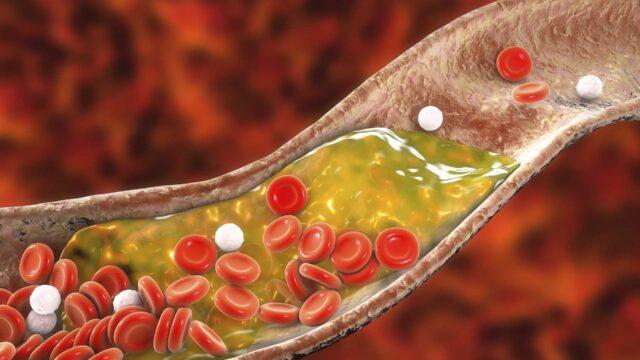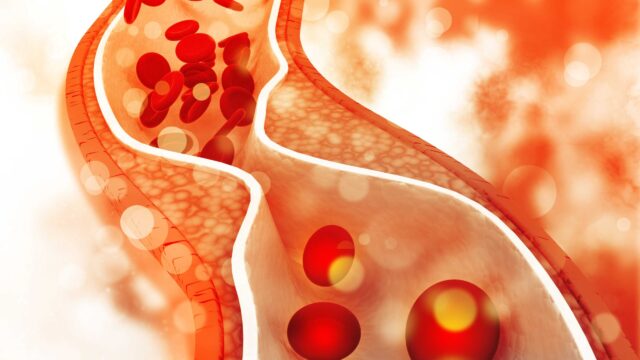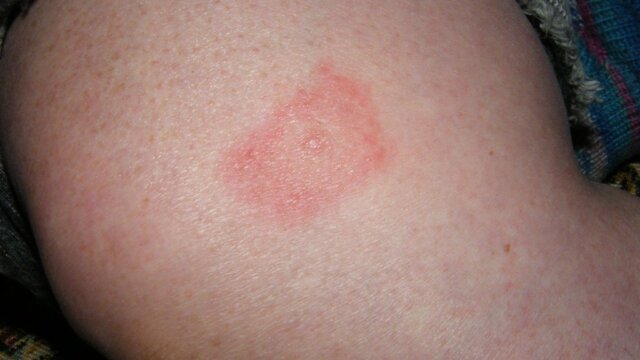FTC disclaimer: This post may contains affiliate links and we will be compensated if you click on a link and make a purchase.
White-coat hypertension is a prevalent condition. The term “white coat” comes from many doctors wearing coats in hospitals and clinics.
Whitecoat hypertension occurs when someone has a temporary rise in blood pressure in the presence of a doctor.
Most people get anxious when they visit their doctor, which is normal. Anxiety will cause stress hormones to be released in our bodies, like adrenaline (epinephrine).
As a result, it will raise the blood pressure to an above-normal level. The normal blood pressure is 120/80 mmHg.
When blood pressure temporarily goes up, this does not mean one has hypertension. A diagnosis is needed when the blood pressure is consistently above 140/90 mmHg.
If the first reading is high, doctors will usually wait another 10-15 minutes for the patient to settle down then measure it again.
If blood pressure is consistently high on the second and third visit, most doctors will usually start medications or recommend making lifestyle changes.
The doctors also reduce the effect of White-coat hypertension when it advises patients to measure blood pressure at home using an ambulatory blood pressure monitor or other monitors.
Symptoms and signs of White-coat Hypertension
There are usually no symptoms and signs of white-coat hypertension since it’s a temporary condition. Some people will have some signs of anxiety-like;
- Palpitations (heart beating fast)
- Anxious mood
- Sweating
- Agitation
Having these symptoms does not necessarily mean higher blood pressure, but it may affect some people.
For most patients, the fear of being diagnosed with hypertension causes this anxiety.
Effects of White-coat Hypertension
As of now, there are no known effects or complications of the white-coat hypertension condition because of its temporary nature.
However, this can lead to established hypertension in the long run. As per studies, White-cost hypertension occurs in 15% to 30% of individuals who are found to have elevated high blood pressure.
Further, the research studies have stated that long-term white-coat hypertension is a risk factor for the development of hypertension.
Moreover, the clinical trial has stated that the effects of white-coat hypertension can lead to cardiovascular disease.
Having your blood pressure measured at least twice a year will help ensure you do not have hypertension.
Learn more about the effects of hypertension.
Prevention of white-coat hypertension
Health workers cannot do much to prevent white-coat hypertension conditions. Staying calm on your next doctor’s visit will help keep your blood pressure normal.
It can be difficult, especially if your doctor told you that blood pressure was elevated at your last visit or if you know of someone who died of complications of hypertension.
Living a healthy lifestyle will also help to lower blood pressure effectively. Learn more about how to prevent high blood pressure.
Treatment of white-coat hypertension
Due to its temporary nature, doctors cannot do much to treat the white-coat hypertension condition.
However, doctors can advise some measures to monitor white coat hypertension conditions and lower blood pressure.
As per researcher studies, individuals having untreated white-coat hypertension is likely to have a heightened risk of heart disease. Also, if left untreated, the possibility of dying with heart disease is twice the case of normal blood pressure.
These include;
- Living a healthy lifestyle
- Continual blood pressure monitoring
- Having anxiety managed if present
You can find out more about how to treat hypertension.








